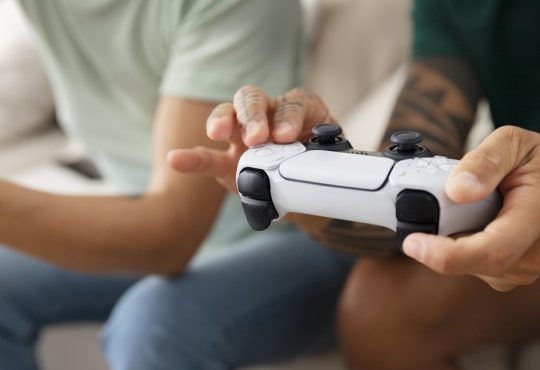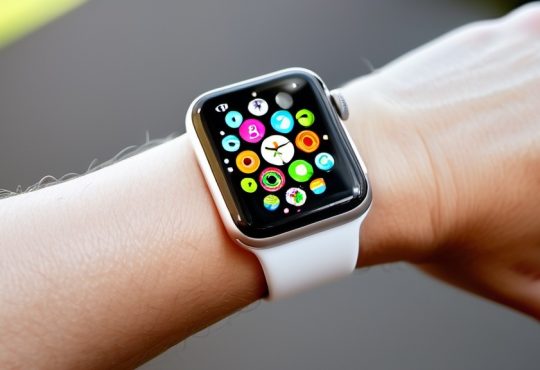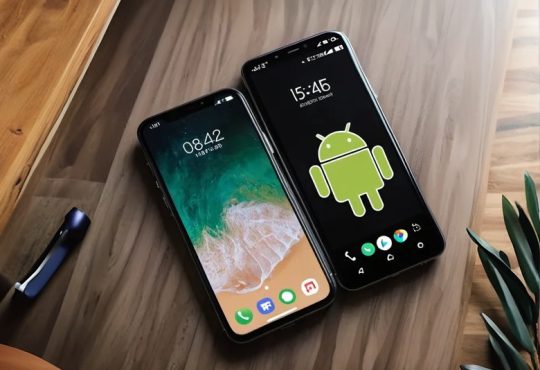Bluetooth headphones have become a daily essential for music lovers, commuters, remote workers, and gym enthusiasts alike. With so many options on the market, choosing the best pair can feel overwhelming. This guide will walk you through key factors to consider when purchasing Bluetooth headphones, helping you make an informed decision that suits your lifestyle and preferences.
Sound Quality
One of the most important aspects to evaluate when buying Bluetooth headphones is sound quality. While many people believe that wireless headphones inherently have poorer sound quality than wired versions, advances in technology have minimized that gap significantly.
To get the best sound experience, look for headphones that support advanced audio codecs like aptX or LDAC. These codecs compress and decompress audio data more efficiently than the standard SBC codec, preserving more sound details. aptX and LDAC are particularly useful if you’re streaming high-resolution audio or enjoy intricate soundscapes, as they enhance the clarity of music, producing richer highs and deeper lows.
Pay special attention to the balance between bass, mids, and highs. Some headphones, particularly those designed for bass-heavy genres like EDM or hip-hop, will emphasize the lower frequencies. Others might provide a more balanced or neutral sound signature, which is better suited for genres like classical music or jazz. A quick listen to a variety of genres can help determine if the sound profile meets your needs.
For audiophiles, some brands offer app-based equalizers where you can customize the sound to your preference. This can help adjust for overbearing bass or slightly recessed mids, providing a more tailored listening experience.
Battery Life
Battery life is another critical consideration when choosing Bluetooth headphones, especially for those who plan to use them throughout the day. The average battery life for most modern Bluetooth headphones hovers around 20 to 30 hours on a full charge, with some premium models extending up to 40 hours or more.
It’s important to assess your usage needs. For example, if you’re someone who listens to music or podcasts during your daily commute, a 20-hour battery life should suffice, allowing you to go several days between charges. However, if you frequently travel long distances or rely on your headphones for work, you may need a model with a longer battery life. Additionally, some headphones offer fast charging capabilities, allowing for hours of use after just a few minutes of charging. This is a handy feature for users who often forget to charge their devices.
Another aspect to consider is battery life with and without noise-canceling enabled. Active noise cancelation (ANC) tends to drain the battery faster, so keep an eye on the manufacturer’s battery claims for both modes of operation.
Comfort and Fit
When it comes to buying Bluetooth headphones, comfort and fit should never be overlooked. Wearing uncomfortable headphones for extended periods can lead to discomfort or even headaches, which can ruin your listening experience. This is especially crucial for people who wear their headphones during long commutes, workouts, or workdays.
Headphones generally come in three main styles: over-ear, on-ear, and in-ear. Over-ear headphones typically provide the best sound quality and noise isolation, making them ideal for people who prioritize sound above all else. These models feature large ear cups that fully cover your ears, providing a snug fit. However, they can also be bulkier and less portable.
On-ear headphones are more compact but rest on your ears rather than enclosing them completely. They can be more breathable than over-ear models, making them a good choice for warmer environments, though some users may find the pressure on their ears uncomfortable over time.
In-ear headphones, often called earbuds, are the most portable option. These are perfect for people on the go or for those who use their headphones for exercise. Many brands offer various sizes of ear tips to ensure a secure fit, preventing them from falling out during movement. Additionally, some premium models now feature custom-molded tips for an even better fit.
When evaluating comfort, look for lightweight materials and cushioned ear pads. Many higher-end over-ear headphones come with memory foam or gel-filled ear cushions that mold to the shape of your ears, providing added comfort during prolonged use. Adjustable headbands also play a role in comfort, allowing for a better fit on different head sizes.
Noise-Canceling Features
In today’s world, noise-canceling technology has become a must-have feature for many users. Whether you’re working in a noisy office, commuting on public transportation, or just trying to block out distractions at home, active noise cancelation (ANC) can significantly improve your listening experience.
ANC works by using external microphones to pick up surrounding noises and then generating an opposing sound wave to cancel it out. This feature is perfect for travelers, office workers, or anyone who frequently finds themselves in loud environments.
However, not all noise-canceling headphones are created equal. Some offer adaptive ANC, which automatically adjusts the level of noise cancellation based on your surroundings. This is a great option for those who move between different environments throughout the day. Other models allow you to manually control the level of noise cancellation, giving you the flexibility to tune out more or less noise depending on your situation.
For people who still want to remain aware of their surroundings, look for headphones with a transparency mode. This feature allows outside sounds to pass through, which is particularly useful when walking outside or listening for important announcements.
Keep in mind that ANC can drain your battery faster, so check how long your headphones will last with this feature activated.
Connectivity
When shopping for Bluetooth headphones, connectivity plays a vital role in your overall experience. Ensure that the headphones support the latest Bluetooth version (at least Bluetooth 5.0 or higher), as this will provide a more stable connection, better range, and improved battery efficiency.
Many users benefit from headphones that support multi-device pairing, allowing them to connect to multiple devices at once, such as a smartphone and laptop. This feature is especially useful for people who frequently switch between devices, as it eliminates the need to manually disconnect and reconnect every time.
For gamers or people who use headphones for video calls, low latency is essential. Some Bluetooth headphones come with a low-latency mode, reducing the delay between audio and video, which is crucial for a synchronized viewing experience.
Also, consider the Bluetooth range, especially if you tend to move around your home or office while listening to music. The average Bluetooth range is around 33 feet, but some newer models with advanced technology can offer ranges up to 100 feet.
User Controls
Another important aspect of Bluetooth headphones is how easy it is to control them. The best headphones allow you to adjust volume, skip tracks, answer calls, or activate voice assistants without needing to take out your phone.
Some headphones offer physical buttons, while others use touch controls. Physical buttons are generally more reliable, as they work even when wearing gloves or in wet conditions. On the other hand, touch controls can offer a more streamlined and futuristic design, but they can be finicky or accidentally triggered, especially during workouts.
For those who frequently use voice assistants like Siri or Google Assistant, check if the headphones offer quick access to these features. Many modern Bluetooth headphones come with dedicated buttons or touch gestures to summon voice assistants for hands-free control.
Durability and Build Quality
If you’re someone who takes your headphones on the go, their durability should be a priority. Consider waterproof or sweat-resistant options if you plan to use them during workouts or in unpredictable weather conditions.
The materials used in the construction of your headphones can impact their longevity. Premium models often feature durable materials like metal frames, which are sturdier than plastic counterparts. Some even come with foldable designs for easier portability and storage.
Check the warranty offered by the manufacturer, as this can give you peace of mind in case of any defects or issues.
Reviews and Testing
Finally, before making your purchase, take the time to read customer reviews and watch video reviews. Reviews can offer insights into potential issues with durability, sound quality, or battery life that may not be evident from a quick in-store test.
If possible, test the headphones yourself. Many stores offer demo units, allowing you to try them out before buying. Testing the headphones will give you a real sense of how they feel, sound, and function in everyday use. Don’t forget to test the fit and sound quality across different types of media, from music to podcasts to phone calls, to ensure they meet your needs.
Conclusion
Buying the best Bluetooth headphones comes down to evaluating your priorities, whether it’s sound quality, battery life, comfort, or noise cancellation. By considering these factors, you’ll be able to find the perfect pair that enhances your listening experience
and fits seamlessly into your lifestyle. Remember, investing in high-quality Bluetooth headphones isn’t just about picking the most expensive option but about choosing the one that aligns with your needs. With a little research and understanding of what features matter most to you, you can enjoy your favorite tunes, podcasts, or calls with comfort and top-tier sound quality.





